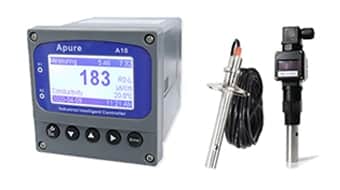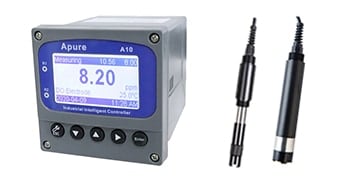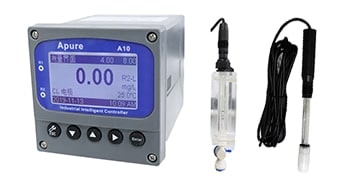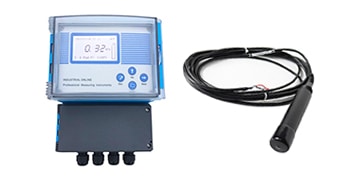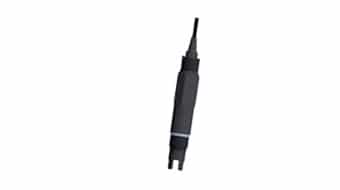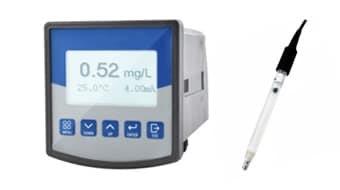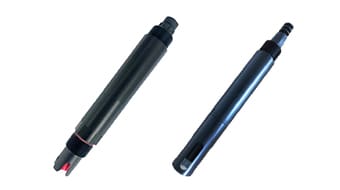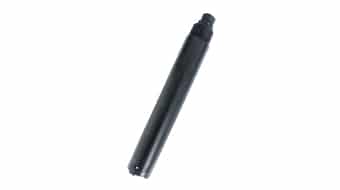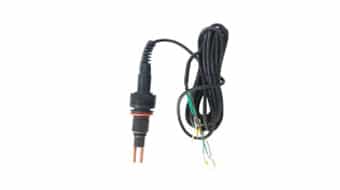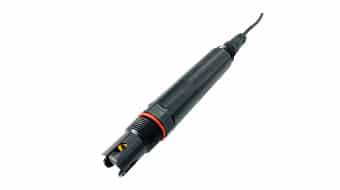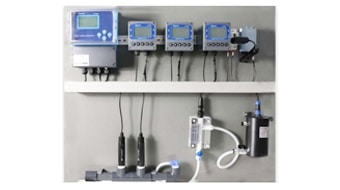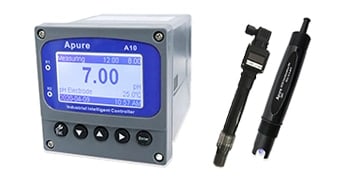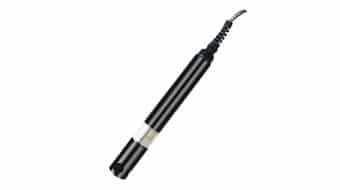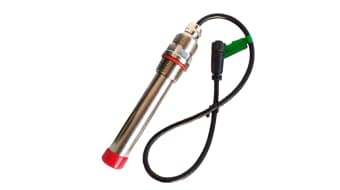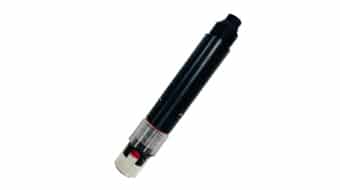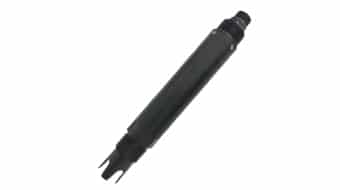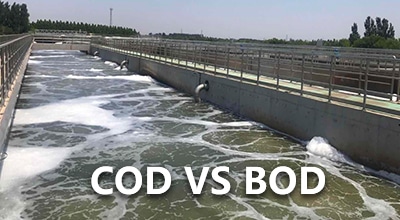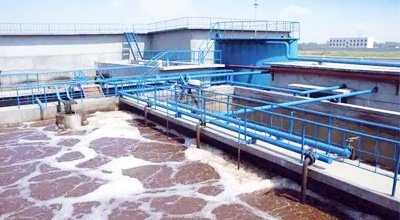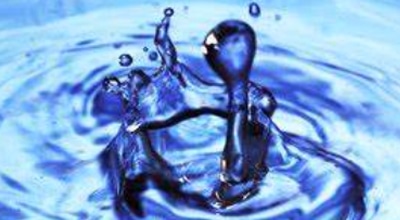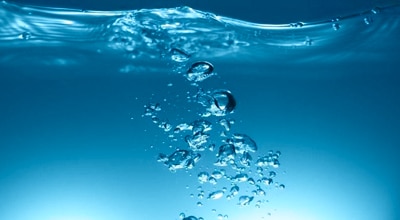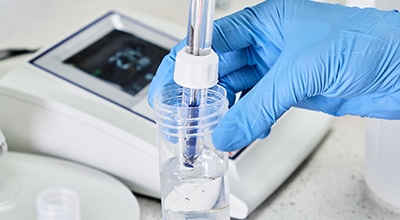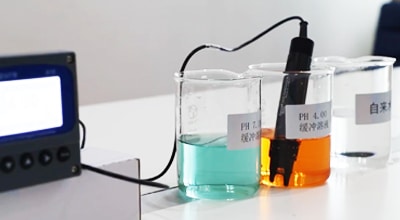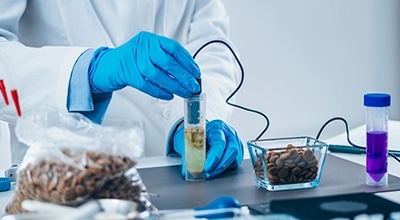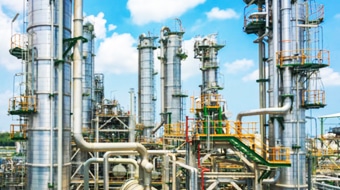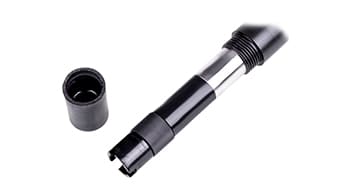Biological Oxygen Demand (BOD) Sensor
Biochemical oxygen demand (BOD) provides a measure of the impact of wastewater on the oxygen content of the receiving water body, and is an “estimate” of the “food” available in the sample. The more “food” present in the sample, the more oxygen is required, and the higher the BOD, the faster the oxygen is depleted from the water column. This means that less dissolved oxygen is available for aquatic life, which is subsequently stressed, suffocated and killed.
What is Biochemical Oxygen Demand (BOD)?
BOD (Biochemical Oxygen Demand) is the amount of dissolved oxygen required for microbial decomposition of organic matter contained in 1L of water under aerobic conditions, generally expressed in mg/L. The higher the BOD value, the more serious the pollution of the water body by organic matter. The oxygen required for 5 days of incubation at 20°C is now commonly used as an indicator, called BOD5 (five-day biochemical oxygen demand), and expressed as milligrams per liter (mg/L) of oxygen.
COD and BOD
Like BOD, chemical oxygen demand (COD) can be used to estimate the amount of organic loading in a water sample. COD describes the amount of oxygen required for chemical decomposition of pollutants, while BOD indicates the amount of oxygen required for microbial decomposition of pollutants.
Why measure Biochemical Oxygen Demand?
BOD is an important water quality parameter that is widely used in the water treatment industry and environmental monitoring. When effluents are discharged into the environment, they introduce pollution in the form of organic matter into receiving waters. Biological Oxygen Demand (BOD) is commonly used in wastewater treatment plants as an indicator of the level of organic contamination in water. High concentrations of organic matter can deplete dissolved oxygen levels in water, leading to negative environmental and regulatory consequences.
To help determine the impact and ultimately limit the amount of organic pollution in water, BOD is an essential measurement. Total Organic Carbon (TOC) can also be used when related to BOD or COD.
The applications of BOD are mainly in the following aspects:
- Evaluation of surface water quality: BOD is an important indicator to measure the degree of surface water contaminated by organic matter, and can be used to evaluate the pollution status of rivers, lakes, reservoirs and other water bodies.
- Evaluation of wastewater quality: BOD is an important indicator of wastewater discharge, which can be used to evaluate the biochemistry of wastewater and provide a basis for the selection and design of wastewater treatment process.
- Evaluation of water quality of sewage treatment plant: BOD is an important water quality indicator of sewage treatment plant, which can be used to evaluate the treatment effect of sewage treatment plant.
BOD sensor principle
The Apure UV BOD Sensor is a sensor based on UV absorption spectroscopy for the determination of Biochemical Oxygen Demand (BOD) in water bodies. It utilizes the absorption characteristics of organic matter to ultraviolet light, by measuring the UV absorption value of water samples at a specific wavelength (usually 254nm), to estimate the organic content of the water body, and then indirectly reflect the BOD value.



